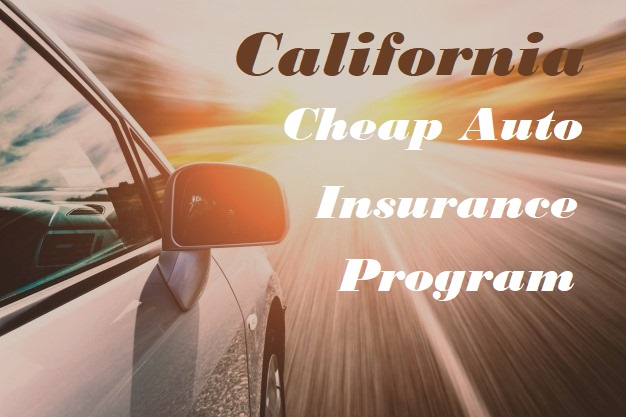Exploring the realm of car insurance can often feel daunting, with a variety of options and terminology that can leave many being lost. Choosing a suitable auto insurance policy is more than about satisfying legal requirements; it’s about protecting yourself, your vehicle, and your financial future. With countless providers vying for attention, understanding the intricacies of coverage options, premiums, and claims might make a significant difference in securing a policy that truly matches your needs.
Car insurance is vital for every driver, providing a safety net against unexpected events that may occur on the road. Whether it’s accidents to theft or natural disasters, having the right coverage can reduce financial stress and ensure peace of mind. As we explore further into the components of car insurance, we will decode the complex language and help you make informed decisions that align with your individual circumstances.
Understanding Vehicle Insurance Basics
Automobile coverage is a crucial financial solution that protects car owners from possible damages resulting from incidents, robbery, or harm. It provides protection for a range of events, empowering drivers to feel more confident on the road. Selecting the appropriate auto coverage can be confusing due to the many options available and the specific conditions that change from one plan to another.
In general, vehicle insurance contracts include various key components, including liability coverage, impact coverage, and extensive coverage. Third-party coverage assists finance for losses or harm you may inflict to another party in an incident. cheap car insurance near dallas, tx in situations of accidents, while comprehensive coverage covers non-collision incidents such as theft or environmental disasters. Grasping these components is crucial for picking a contract that fits your requirements and budget.
In assessing the expense of vehicle insurance, several considerations are taken into account, including the driver's demographic, driving background, kind of automobile, and location. Coverage providers assess these factors to establish prices and decide on insurance options. Understanding what influences your insurance rates can help you to make educated judgments to strike the ideal harmony between insurance and affordability.
Types of Car Coverage Policies
Auto coverage plans can be generally classified into several types, each created to provide varied levels of protection based on personal needs. The most common kind is third-party coverage, which insures damages to other people and their assets in the event of an incident where you are at fault. This is typically required by law and ensures that drivers can compensate others for their injuries and losses.
Another important type of policy is accident coverage, which protects against damage to your personal vehicle resulting from a crash with a different car or object, regardless of who is at fault. This is particularly valuable for newer or more expensive vehicles, as it assists with repair costs and safeguards your investment. In addition, full insurance provides protection for non-accident incidents, such as robbery, vandalism, catastrophes, and animal strikes, providing a broader protection for car owners.
Finally, there are unique policies like underinsured motorist protection, which protects you in case of an incident with a driver who does not have coverage or has inadequate protection. There is also personal injury protection, which covers healthcare costs and lost wages for you and your passengers after an accident. Understanding these various kinds of auto coverage plans aids consumers make informed decisions tailored to their particular requirements and circumstances.
Elements Influencing Automobile Insurance Premiums
Various elements affect in determining assessment of automobile coverage rates. One most significant influences comes from the driver's details. Age group, sex, relationship status, along with driving record all play crucial roles. Younger drivers, notably young men, tend to face increased rates as a result of perceived higher risk. Moreover, a good driving record with few accidents or traffic violations can lead to reduced rates, while a track record of claims can increase premiums considerably.

The category of car insured likewise affects automobile auto insurance costs. Cars with superior safety ratings and lower theft rates usually attract lower rates. Conversely, cars that are expensive to repair or are more likely to be stolen may result in higher insurance costs. Additionally, the automobile's age as well as the availability of safety features, including automatic braking and anti-lock brakes, can also impact premium determinations.
Location serves as a further key factor that affects car insurance costs. Areas with elevated crime levels as well as dense traffic can lead to elevated premiums due to the greater likelihood of accidents as well as theft. Insurers may also evaluate local weather patterns, as areas prone to natural disasters could see elevated rates. Therefore, understanding these various influencing factors can help drivers make informed decisions about their car insurance coverage.
